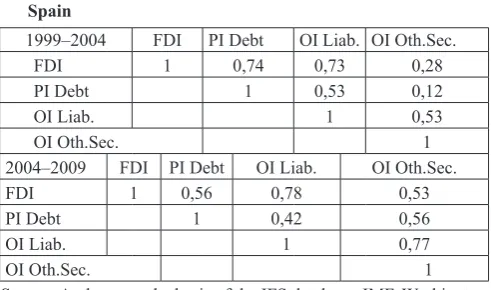PATTERN OF FINANCIAL FLOWS WITHIN THE EUROPEAN UNION: FIRST INSIGHTS ABOUT CREDITOR-DEBTOR COUNTRY RELATIONSHIP
Full text
Figure



Related documents
Research work has been carried out in three stages: first the number of men and women as the inventors of the new technological solutions that were granted patent protection has
Figure 8 shows the evolution of the percentage of the population aged 30-34 years with tertiary degree in the southern countries of European Union on the total population
In this paper we have examined compliance of governance codes of the European Union member states with the recommendations proposed by the European Commission
Petrescu-Mag Ioan Valentin: Bioflux, Cluj-Napoca (Romania) Petrescu Dacinia Crina: UBB Cluj, Cluj-Napoca (Romania) Sima Rodica Maria: USAMV Cluj, Cluj-Napoca (Romania)
Within analyzes of production performances in Serbian agriculture are discussed the dynamics of agricultural production as well as partial productivity in
The CAP was built-up to meet requirements of West European agriculture based on family farming, whereas the Czech large-scale production faced other types of problems..
Because organic agriculture combines tradition, innovation and science to benefit environment, because it offers a good quality of the products and contributes to
The last forty years have witnessed a decrease in the percentage of the active agricultural population from 36% during the 60s to 10.5% in 2007, agricultural income has over tripled,